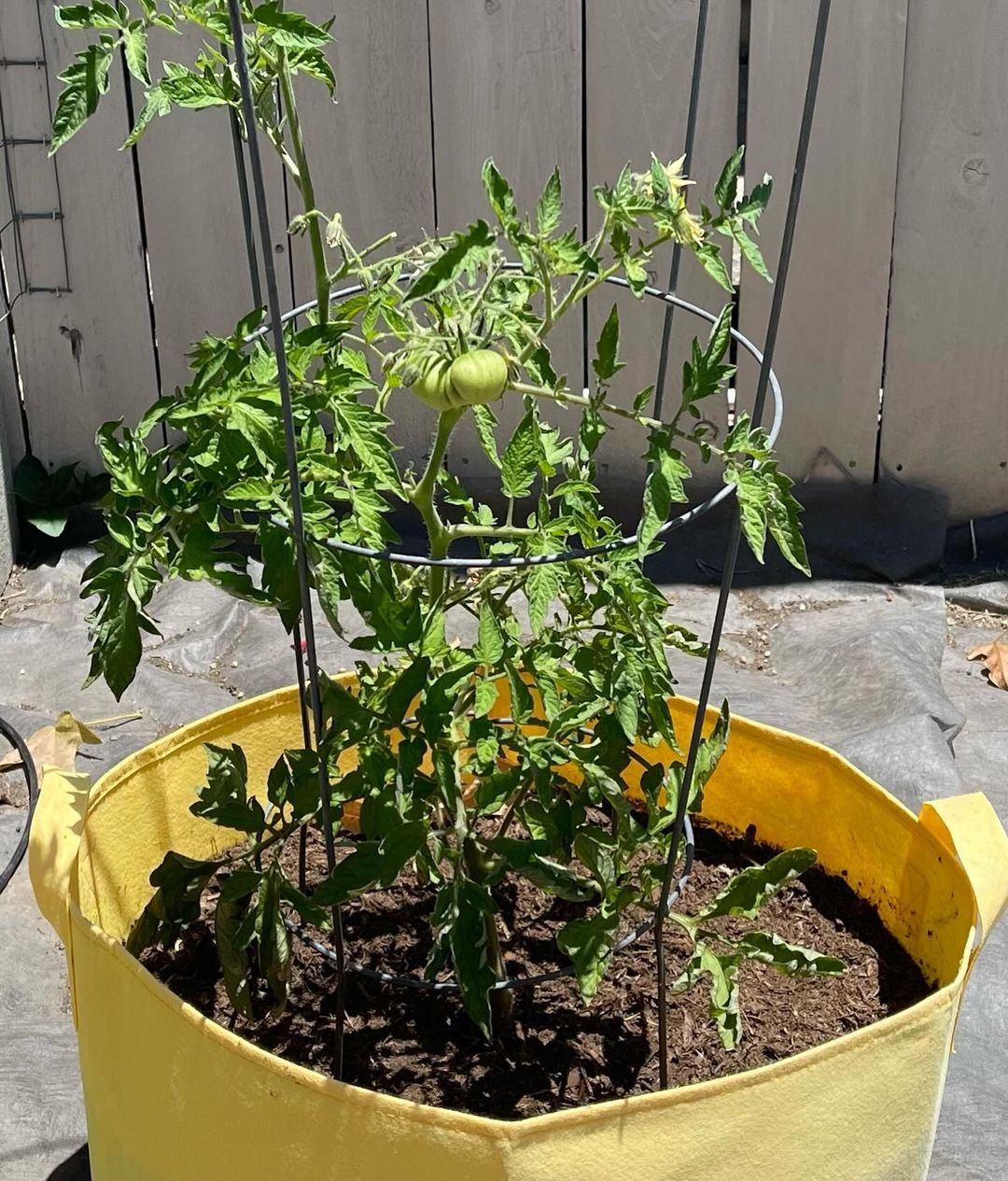Discover how to grow Beefmaster tomatoes with expert tips on planting, care, and pest management. Learn why this variety is known for its large size and rich flavor. Perfect for gardeners of all skill levels!
Beefmaster tomatoes are renowned for their large size, exceptional flavor, and versatility in the kitchen. These juicy giants can weigh up to 2 pounds and are ideal for fresh eating, sandwiches, and sauces. In this guide, I’ll share my expert tips on how to grow and care for Beefmaster tomatoes, ensuring you have a bountiful harvest.
Here’s an easy-to-read chart for Beefmaster Tomatoes:
| Category | Information |
|---|---|
| Botanical Name | Solanum lycopersicum ‘Beefmaster’ |
| Common Name | Beefmaster Tomato |
| Plant Type | Annual, Vegetable |
| Hardiness Zone | USDA Zones 3–11 (grown as an annual) |
| Sun Exposure | Full Sun |
| Soil Type | Well-drained, rich in organic matter |
| Watering | Regular; keep soil evenly moist |
| Growth Habit | Indeterminate (vining) |
| Height/Spread | 6–8 ft tall / 2–4 ft wide |
| Special Features | Large, meaty fruit (up to 2 lbs), disease-resistant, ideal for slicing, requires staking or cages for support |
Introduction to Beefmaster Tomatoes

As an avid gardener with years of experience, I can attest to the delight of growing Beefmaster tomatoes. This popular variety is a hybrid known for its meaty texture, making it a favorite among home gardeners and chefs alike. Beefmasters are great for slicing and can be used in a variety of dishes, from salads to sauces.
Characteristics of Beefmaster Tomatoes:
- Size: Beefmaster tomatoes can reach up to 2 pounds.
- Color: They typically ripen to a vibrant red or pink hue.
- Flavor: Known for their sweet, rich flavor, these tomatoes are perfect for fresh eating.
- Growth Habit: They are indeterminate, meaning they continue to grow and produce fruit throughout the growing season.
For more on the Beefmaster variety, you can visit the University of Florida’s Tomato Varieties Page.
Planting Beefmaster Tomatoes
When to Plant
The best time to plant Beefmaster tomatoes is in the spring after the last frost date in your area. They thrive in warm weather, so ensure the soil temperature is consistently above 60°F (15°C) before planting.
Choosing the Right Location
Select a spot with:
- Full sun: Beefmaster tomatoes need 6-8 hours of direct sunlight each day.
- Well-draining soil: They prefer loamy soil that retains moisture but drains excess water.
Pro Tip: Consider planting them in raised beds or containers to improve drainage.
Soil Preparation
Before planting, prepare the soil by:
- Testing the pH: Aim for a pH between 6.0 and 6.8.
- Adding organic matter: Incorporate compost or well-rotted manure to improve soil fertility and drainage.
Planting Process
- Start Seeds Indoors: If you’re starting from seed, plant them indoors 6-8 weeks before the last frost.
- Transplant: Once the seedlings have grown to about 6 inches tall and the risk of frost has passed, transplant them outdoors, spacing plants 24-36 inches apart.
- Watering: Water well after planting to help settle the soil around the roots.
For detailed planting instructions, check out the National Gardening Association’s Tomato Growing Guide.
Caring for Beefmaster Tomatoes
Watering Requirements
Water your Beefmaster tomatoes regularly, ensuring they receive about 1-2 inches of water per week. Consistent moisture is key to preventing blossom end rot and splitting.
- Tip: Water deeply and less frequently to encourage deep root growth.
Fertilizing
Use a balanced fertilizer that’s high in phosphorus to promote blooming and fruiting.
Here’s how to fertilize:
- Initial Application: Add a slow-release fertilizer at planting.
- Follow-Up: Fertilize every 4-6 weeks during the growing season, adjusting based on the plant’s growth.
Pruning for Health and Yield
Pruning is essential for Beefmaster tomatoes to improve air circulation and promote fruit production.
- Remove Suckers: Pinch off the suckers that develop in the leaf axils.
- Support the Plants: Use stakes or cages to support the heavy fruit.
For more on pruning techniques, visit The Old Farmer’s Almanac’s Tomato Pruning Guide.
Pest and Disease Management
Beefmaster tomatoes can be susceptible to pests and diseases.
Here are common issues and how to manage them:
- Pests:
- Aphids: Use insecticidal soap or neem oil.
- Tomato hornworms: Hand-pick them off the plants.
- Diseases:
- Blight: Practice crop rotation and avoid overhead watering to reduce humidity around the plants.
- Blossom End Rot: Ensure consistent watering and maintain calcium levels in the soil.
For more on pest management, check out Purdue University’s Vegetable Pest Management.
Harvesting Beefmaster Tomatoes
Harvest your Beefmaster tomatoes when they are fully ripe, which is indicated by a deep, rich color and slight softness to the touch. Gently twist or cut the fruit from the vine to avoid damaging the plant.
Storage Tips
Store harvested tomatoes at room temperature for the best flavor. Avoid refrigerating them, as this can affect their taste and texture.
Beefmaster tomatoes are an excellent choice for any gardener looking to grow large, flavorful fruits. With proper care, including adequate sunlight, water, and nutrition, you can enjoy a bountiful harvest of these delicious tomatoes. Whether you slice them for a sandwich or use them in sauces, Beefmaster tomatoes will surely impress.
For more in-depth information on tomato cultivation, visit the American Tomato Growers Association.